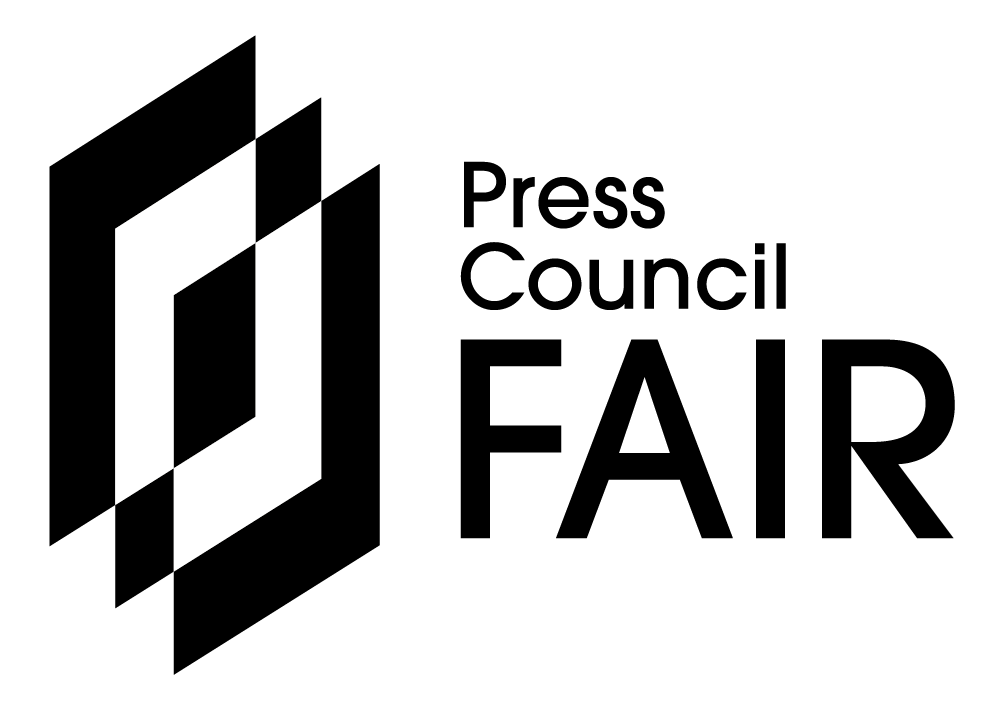BUSINESS NEWS - South Africa’s national debt servicing costs are forecast to surge by over 15% this year to almost R270 billion, swallowing more 20% of anticipated tax revenues.
This was revealed in 2021 budget documents tabled by Finance Minister Tito Mboweni following his budget speech in Cape Town on Wednesday.
Mboweni did not specifically cite the debt servicing costs figure during his speech, but did note that the country’s gross loan debt will increase from R3.95 trillion in the current fiscal year (2020-2021) to R5.2 trillion in 2023-2024.
“We owe a lot of people a lot of money,” he conceded.
“These include foreign investors, pension funds, local and foreign banks, unit trusts, financial corporations, insurance companies, the Public Investment Corporation and ordinary South African bondholders.”
Mboweni’s frank comments on the country’s financial state seemed to hit a nerve with a lot of South Africans reacting to the budget on social media platforms.
He pointed out that the country’s borrowing requirement “will remain well above R500 billion” in each year of the medium term despite the modest improvements in SA’s fiscal position.
“We must shore up our fiscal position in order to pay back the massive obligations we have incurred over the years.”
According to the 2021 Budget Review, South Africa’s debt servicing costs are set to surpass the R300 billion mark in the 2022-2023 budgetary year.
The revised estimate of debt servicing costs last year came in at R232.9 billion. This is expected to rise to R269.7 billion in 2021, R308 billion in 2022, and up to R338.6 billion in 2023.
“Over the medium term, debt-service costs are expected to average 20.9% of gross tax revenue,” the Budget Review notes.
















